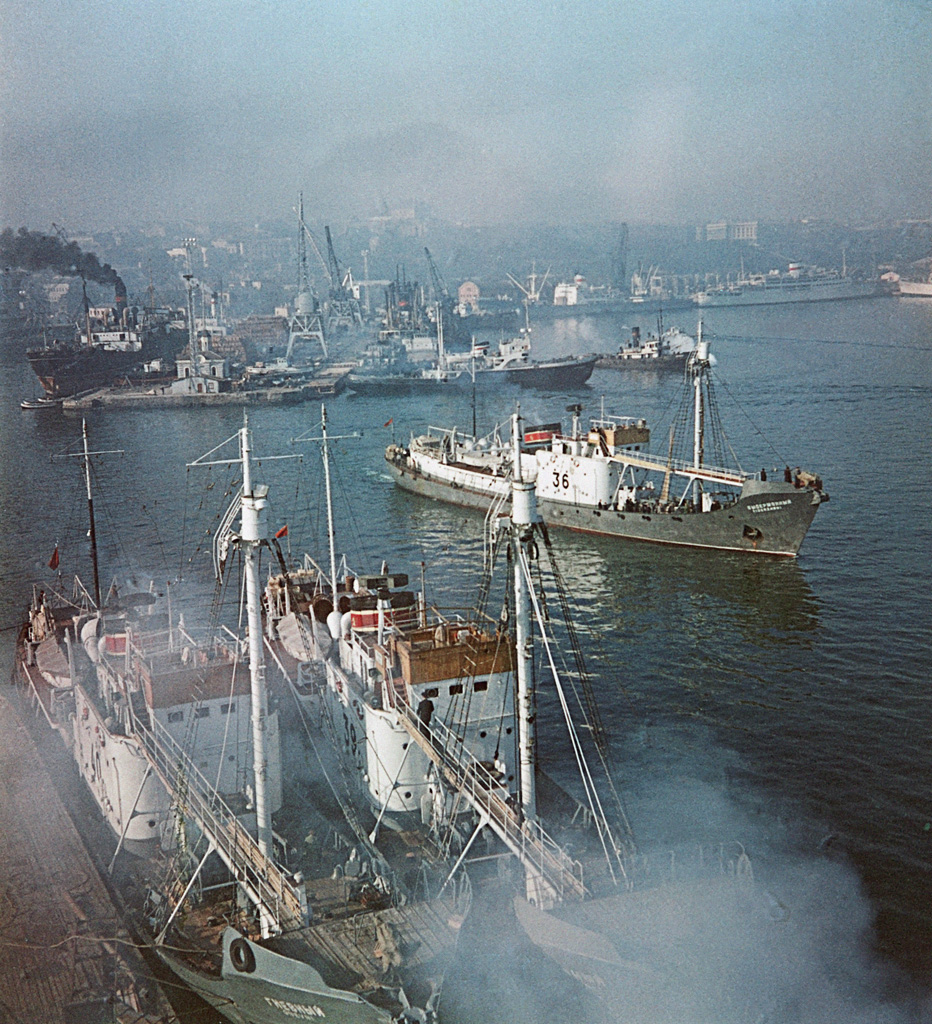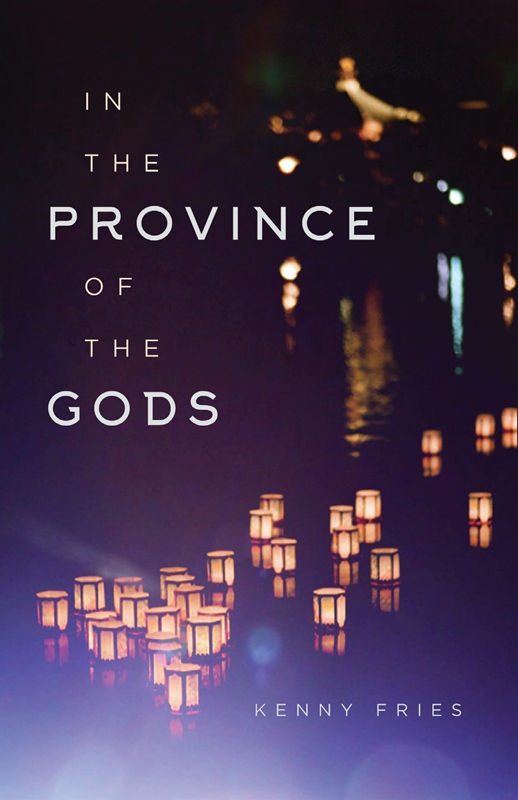The Library - Babylons on the Black Sea
/Fleet of whalers lying up in Odessa port: RIA Novosti archive, image #171693 / Vsevolod Tarasevich / CC-BY-SA 3.0
Odessa Stories, by Isaac Babel (Pushkin Press, 2018)
Black Sea – Through Darkness and Light. Dispatches and Recipes, by Caroline Eden (Quadrille, 2018)
Read by Marcel Krueger:
In the foyer of a hotel in Romania’s capital Bucharest a few years back, I struck up conversation with a group of English travellers. We talked about our travel plans, and when they heard that I was going to the Black Sea coast they told me to ‘watch out for the fireworks across the water’. The year was 2014, and the conflict in the Ukraine had just exploded into full military confrontation. I was saddened by that remark, as it made me realise that potentially a trip to Odessa was out of the question for the foreseeable future.
Odessa. Does that name not have a lovely ring to it? It speaks of the south, of spices and rum delivered via steamer, of gefilte fish and spices, of dark harbour taverns filled with sailors and farmers speaking a lovely mishmash of Russian, English, French, Greek, Turkish. These are all stereotypes of course, acquired over many years of never properly researching the city, only ever imagining what it must be like. To this day, Odessa and the sound of its name to me remains one of the last untainted travel ideals from my youth.
I was therefore delighted to discover that the Pushkin Press was re-issuing the stories of one of the city’s most famous sons, Isaac Emmanuilovich Babel. Babel ( 1894 — 1940) was a Jewish-Russian writer, journalist, playwright and revolutionary and is best known as the author of Red Cavalry, his fictionalised account of his time with the 1st Cavalry Army of the Red Army during the Polish-Soviet war of 1920, published in 1926 . Babel was born in Odessa, and the melting pot on the Black Sea had a lasting influence on his art: his Odessa Tales collection of short stories was first published in Russian in 1926. The stories shine a spotlight on Odessa roughly between 1900 and 1920, on its criminal underbelly and the life of the large Jewish community in the city. The tales gathered in Odessa Stories (a re-edition of Pushkin Press’ 2016 edition) contain the original stories in two sections entitled Gangsters and other “Old Odessans” and Childhood and Youth and also 2 more in a section entitled Loose Leaves that were not part of the original collection. Babel’s juicy prose has been newly and delightfully translated by Boris Dralyuk.
The collection is Babel’s unflinching but tender look back at his hometown, stories about gangsters, merchants, pogroms and the antics of foreign sailors. The city however always takes centre stage:
In summertime, its beaches glisten with the bronze muscled figures of young men who live for sports, the powerful bodies of fishermen who aren’t much for sports, the meaty, potbellied and jolly trunks of “merchants”, alongside pimply and scrawny dreamers, inventors and brokers. While some distance from the wide sea, smoke rises from factories and Karl Marx does his usual work.
Odessa has a terribly poor; crowded and long-suffering Jewish ghetto, a terribly smug bourgeoisie and a terribly reactionary City Council.
Odessa has sweet and wearying evening in springtime, the spicy aroma of acacia trees, and a moon overflowing with even, irresistible light above a dark sea.
Reading Babel’s tales today does of course nothing to dispel my ideal of Odessa, and while I will forever wonder what more stories the NKVD bullet that killed Isaac Babel on 27 January 1940 robbed us of, I am thankful that he created this wonderful snapshot of his home.
A fine complement to Babel’s fabulous tales is Caroline Eden’s Black Sea, linking the Odessa and the Black Sea of Isaac’s time to ours. This travel book follows Eden’s journey from Odessa via Romania, Bulgaria and Istanbul along the Turkish Black Sea coast all the way to Trabzon in eastern Turkey. Her dispatches are interspersed with traditional or contemporary recipes from each of the regions she visits, or literary recipes based on some of the characters she encounters. This a beautiful book. From the lovely shimmering wave cover designed by Dave Brown over the exquisite images of both food and place to Eden’s flawless prose, it was a delight opening it and delving in.
Here Caroline Eden talks about Strandja, the mountainous border region between Bulgaria and Turkey:
Often, the edges of countries are rooted and fixed – a border crossing, a fence, a sea – here, demarcation is unfathomable. All we had were rustling oak woods as far as the eye could see, shaken by land winds and sea gales, all washed with a slightly Turkish climate and a southern, eastern air. It was a beautiful but befuddling landscape, a ‘terra incognita’ in our over-mapped world.
But sadly, the more I read the more I discovered that this book tries to be too many things at the same time, which diminished my enjoyment a good bit. The ‘dispatches’ are wonderful and induce both wanderlust and longing for all the places on the Black Sea that I visited before, but I feel that this is a book that should be stuffed into hand luggage and be read, dog-eared, on a bus trudging from Odessa to Bucharest. But due to format and heavy weight this is out of the question. For a coffee table book there are too few images, and for a book of recipes not enough of those. For me the recipes more interrupted the reading flow between dispatches than enhance it. Ideally, this is a great book for an armchair or kitchen stool traveller; but it sometimes stumbles over its own fragmentation.
That being said, the two books make an ideal pair for a Luftmensch like me: again fuelling my imagination of the Babylons on the Black Sea, their salt air and fried anchovies and kompot glasses. Maybe one day I’ll visit.
Wherever possible, we encourage readers of Elsewhere to purchase books directly from the publisher or via your nearest independent bookshop.











